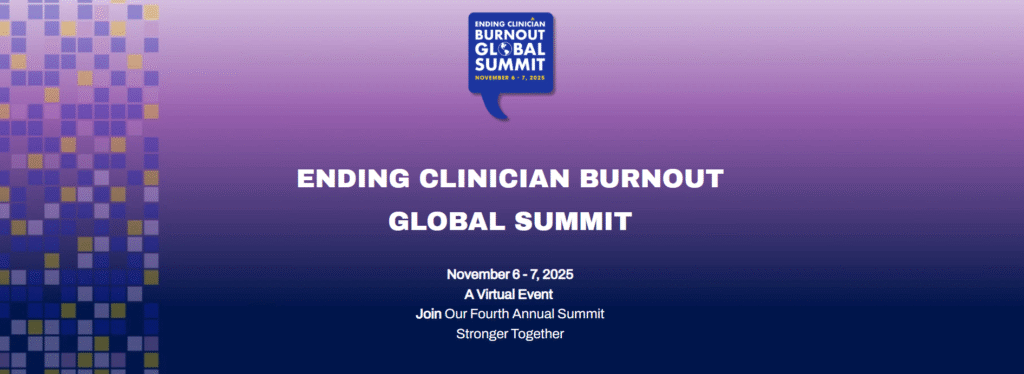Daylight Saving Time Night Shift Tips: How to Adjust and Avoid Fatigue
In this post, we’ll explore how losing an hour impacts sleep and performance, why late-night types feel it the most, and science-backed strategies to adjust. We’ll also look at the bigger picture: what research says about DST’s health effects and the ongoing debate about ending these twice-yearly time changes.

Every spring, Daylight Saving Time (DST) “spring forward” forces us to move our clocks ahead by one hour, effectively stealing an hour of sleep. For most people this shift is a groggy nuisance, but if you’re a night owl or night shift worker, it’s just another disruption to an already irregular schedule. While it may harshly throw off our routines yet again, we might have a bit more resilience as adjusting to odd hours is something we do all the time. And sure, for once, the rest of the world gets a small taste of what it’s like to constantly shift schedules, but we’ll put that aside for now. Nonetheless, that lost hour can take its toll. So let’s break down how to minimize the impact and get back on track as quickly as possible.
How Losing an Hour Affects Sleep, Safety, and Health
Losing an hour of sleep may not sound like much, but its effects can be surprisingly intense – especially when you’re already awake at odd hours. When the clocks jump forward at 2:00 AM, night shift workers may find their shift suddenly shortened, and late-night owls effectively have to wake up an hour “earlier” on the new clock. In the days right after the spring DST transition, people often struggle to fall asleep and wake up on time, as their internal clock is still on the old schedule.
It typically takes about a week for the human body to adjust its sleeping, eating, and activity patterns to the new time. During this adjustment period, it’s common to feel sleep-deprived, fatigued, and unfocused. One study found that the average person gets about 40 minutes less sleep on the Monday after DST begins compared to other nights (health.harvard.edu). Not surprisingly, more than half of Americans report feeling extra tired in the days following the spring-forward change (publichealth.jhu.edu).
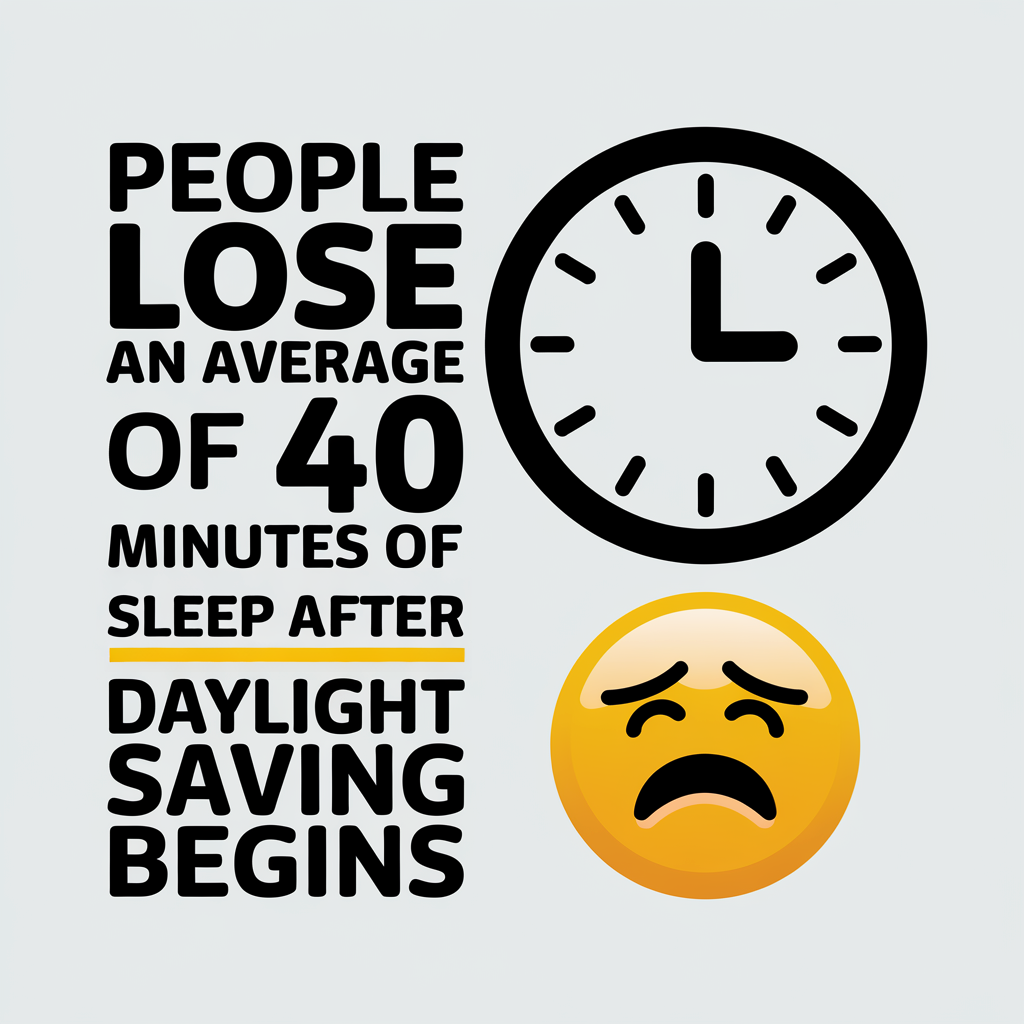
This immediate fatigue can reduce work performance and increase safety risks. Disrupted sleep makes people feel groggy and less attentive, which can lead to more mistakes on the job. Research has shown a rise in workplace errors and even injuries in the week after DST starts (blogs.cdc.gov).
Driving can also become more dangerous: one analysis noted a 6% increase in fatal car accidents in the U.S. following the spring time change (publichealth.jhu.edu). Health-wise, the sudden shift is linked to spikes in stress hormones and even heart problems.
For example, a Michigan study found a 24% jump in heart attacks on the Monday after we “spring forward” (michiganmedicine.org). Experts believe that the sleep loss and circadian disruption are major culprits, exacerbating underlying issues like fatigue and stress.
Why Daylight Saving Time Hits Night Shift Workers Hardest
Not everyone reacts to the DST change in the same way. Night owls, who naturally prefer staying up late and sleeping in, often have the hardest time with the spring-forward switch. If you’re a night owl, DST effectively requires you to go to bed and get up even earlier than usual – totally against your internal tendencies.
An already late time of 2:00 PM in which you really start to feel awake suddenly becomes 3:00 PM on the clock, making it even tougher to get enough sleep and ramp up time before morning or afternoon obligations. Sleep scientists note that people with an “evening” chronotype (late-to-bed, late-to-rise) tend to struggle more to adjust to the one-hour advance of DST in spring.
Teenagers and young adults, who are often naturally night owls, may feel this especially keenly and experience more sleep loss and grogginess during DST’s first week.
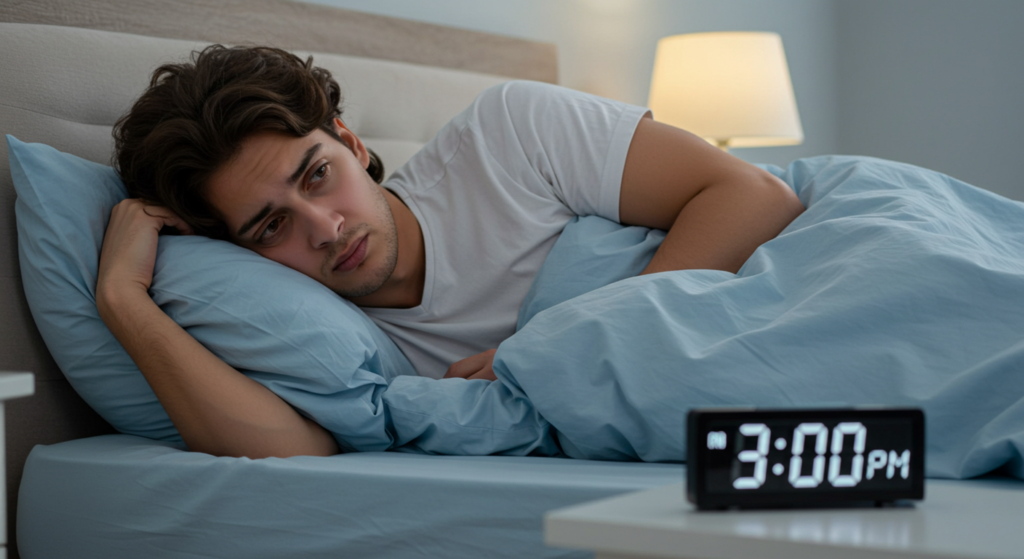
Night Shift Workers and the Daylight Saving Time Strain
Night shift workers face a unique challenge too. Those working overnight or rotating shifts already battle a misaligned circadian rhythm – they’re active when the world is dark and trying to sleep when the sun is up.
The DST jump can compound this misalignment. If you’re on duty during the spring time change, 2:00 AM instantly becomes 3:00 AM, and an hour of your shift vanishes. You might think a shorter shift sounds nice, but in reality your body still feels like it’s working the same long night – now with an extra jolt to its clock. Importantly, losing an hour means less recovery time before your next shift. If you normally sleep from early morning to noon, suddenly that window is cut short by the time change.
According to the National Safety Council, workers in industries with overnight or early-morning shifts – especially those who work rotating or night shifts – are at higher risk for drowsiness and circadian disruptions, and “losing an hour of sleep may hurt this group of workers most.” (nsc.org). These folks may find themselves even more exhausted than usual on the Monday after DST kicks in.
Tips for Night Shift Workers to Adjust to Daylight Saving Time
The good news is that there are practical, research-backed strategies you can use to adjust more smoothly to DST’s spring forward. Whether you’re working nights or just staying up late, a few proactive steps can mitigate the grogginess and help reset your internal clock faster. Here are some adaptation tips:
Start shifting your sleep schedule early:
- Don’t wait until DST day to adjust. A few days before the clocks change, begin moving your bedtime and wake-up time 15–20 minutes earlier each day. Gradually inching toward the new time helps your body clock catch up.
- For example, if you normally sleep 12 AM to 8 AM, try going to bed around 11:45 PM, then 11:30 PM, and so on in the nights leading up to the change. By the time you “lose” the hour, your body will already be closer to the new schedule.
Light Exposure:
- Light is one of the strongest regulators of your circadian rhythm. Exposure to bright light when you wake up (natural sunlight, if available) helps signal your body to wake up earlier.
- Open your curtains, go for a short walk, or at least sit by a window with your coffee. Conversely, when your bedtime is nearing, minimize exposure to bright light and screens.
- Dimming the lights and avoiding laptops or smartphones in the hour before your intended bedtime helps your body produce melatonin and feel sleepy on cue. In other words, trick your body into thinking bedtime is a bit earlier than it actually is.
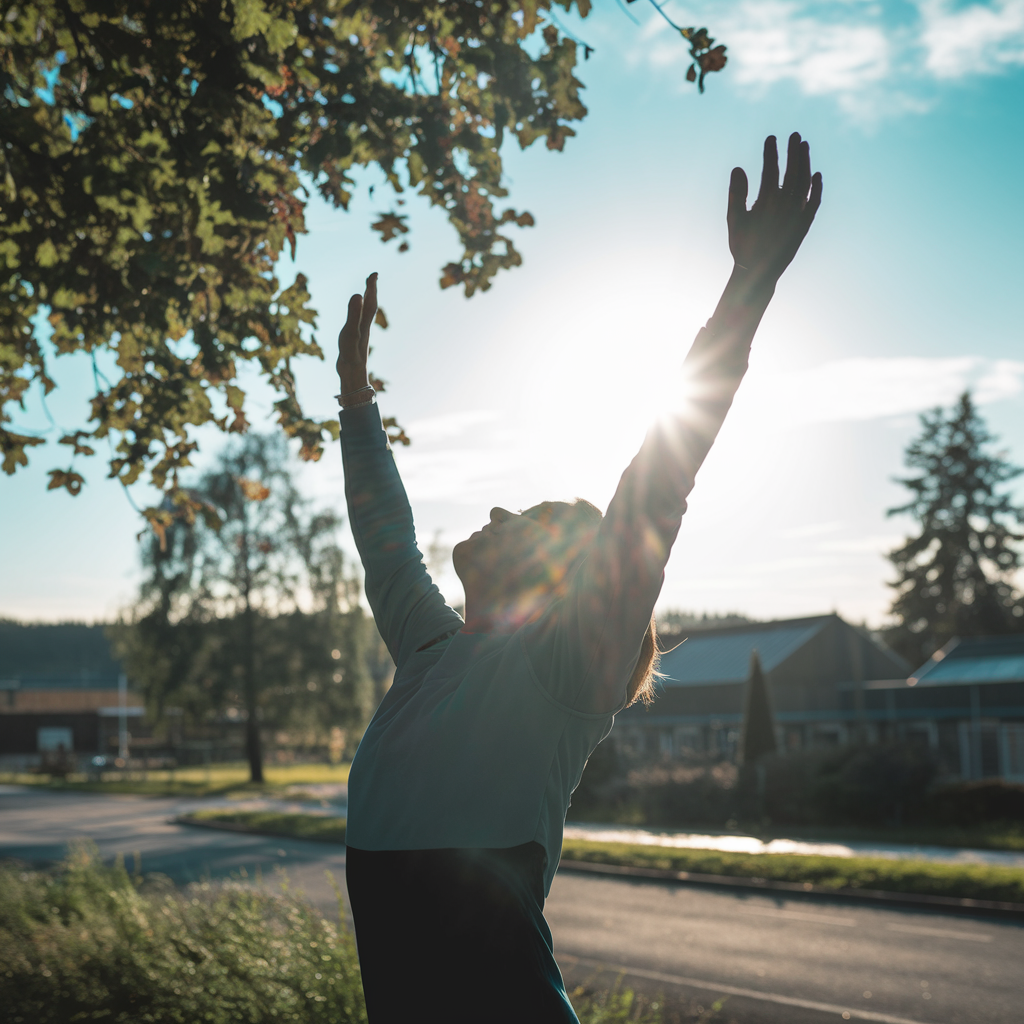
Use caffeine wisely:
- Have your coffee or energy drink early – such as at the start of your night shift or first thing when you wake up – to boost alertness. But avoid caffeine in the several hours before you plan to sleep, since it can linger in your system and make it harder to fall asleep.
- No matter how tempting that late cup is in your wakeful hours, remember that caffeine only masks fatigue and won’t actually fix your body clock.
Nap to recharge (but not too late):
- A short power nap can fight DST-related sleepiness, as long as you nap the right way. If you’re really dragging, try a brief nap of 20 minutes or less. Even a 15–20 minute “cat nap” during a night shift break can improve alertness and mood.
- Just avoid napping very late in your wakeful hours, and don’t sleep so long that you wake up feeling groggy. Keeping naps short and earlier will give you a boost without interfering with your next full sleep cycle.
Prioritize sleep and healthy habits:
- In the week around the time change, make sleep a top priority. If you can, get a little extra sleep before the DST switch so you’re not running a deficit. Being well-rested can buffer you against that lost hour. Continue to follow a somewhat consistent sleep routine – wake up and go to bed at the same times each day, even after the clock change.
- Also practice good “sleep hygiene”: create a dark, quiet environment for sleep, avoid big meals or vigorous exercise right before bed, and skip alcohol in the evening (it might make you drowsy but can disrupt sleep quality). By taking care of your overall sleep health, you’ll be more resilient to the jolt of DST.
Long-Term Health Effects of Daylight Saving Time
Over time, disrupted sleep patterns from DST can have cumulative effects on health, which is a major reason many experts advocate for ending the biannual clock changes (pmc.ncbi.nlm.nih.gov). Daylight Saving Time’s impacts aren’t just limited to a few groggy mornings. Researchers have found that the circadian misalignment caused by DST can have broader health consequences (pmc.ncbi.nlm.nih.gov).
There’s also evidence of upticks in mood disturbances (such as depression) and even changes in metabolic and immune markers following the clock change (publichealth.jhu.edu). Essentially, losing sleep and disrupting your body clock can put extra strain on the body – from the cardiovascular system to mental health – especially when it happens year after year.
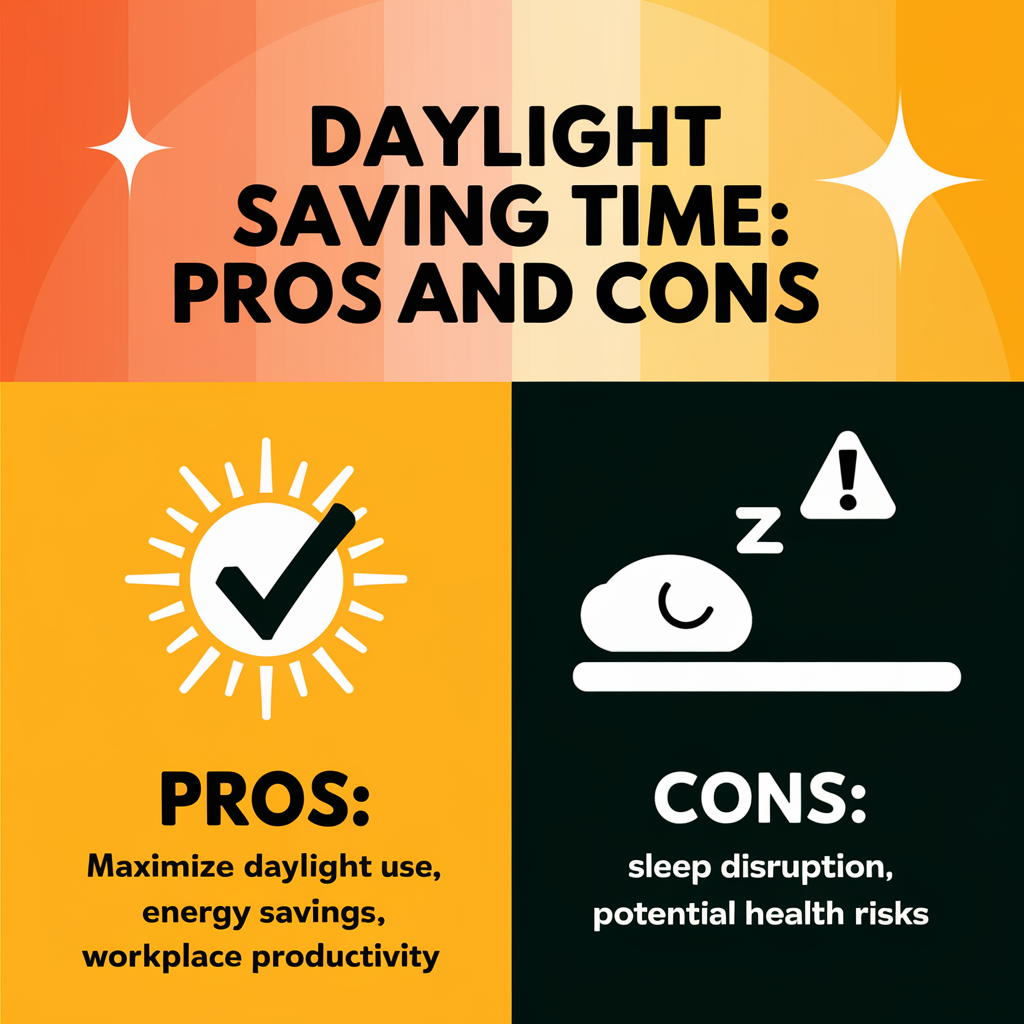
Because of these concerns, a growing number of people are questioning whether daylight savings time is worth it. Many sleep experts and medical organizations argue that the semiannual clock shifts should be scrapped.
The American Academy of Sleep Medicine has even formally recommended abolishing seasonal time changes in favor of a permanent standard time. Public sentiment is catching up: polls show that around 60% of Americans want to stop changing the clocks each year (health.harvard.edu). In the U.S., legislation has been proposed to end the DST switch (for instance, the Sunshine Protection Act), though so far these efforts haven’t become law.
For now, DST lives on – but the conversation about its impacts isn’t going away.
Final Thoughts: Managing Daylight Saving Time on the Night Shift
If you’re a night shift worker or a night owl dreading the spring-forward, the abrupt loss of an hour can sap your energy and muddle your sleep, but by planning ahead and tweaking your routine, you can reduce DST’s impact.
Pay extra attention to sleep in those critical days, use light to your advantage, and be careful with caffeine and naps. And keep an eye on the debate: with both public and expert opinion leaning against DST, we may eventually be spared these disruptions altogether. Until then, a bit of preparation and self-care can help you ride out the clock change and keep your late-night rhythm as steady as possible.

![Photo of [object Object] in undefined](https://nightowling.com/wp-content/uploads/2025/11/image-17.png)
